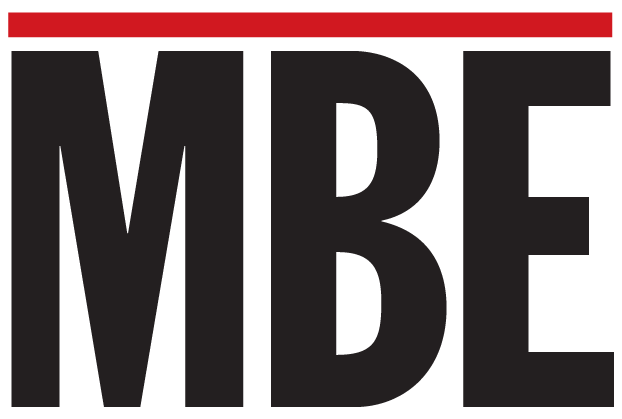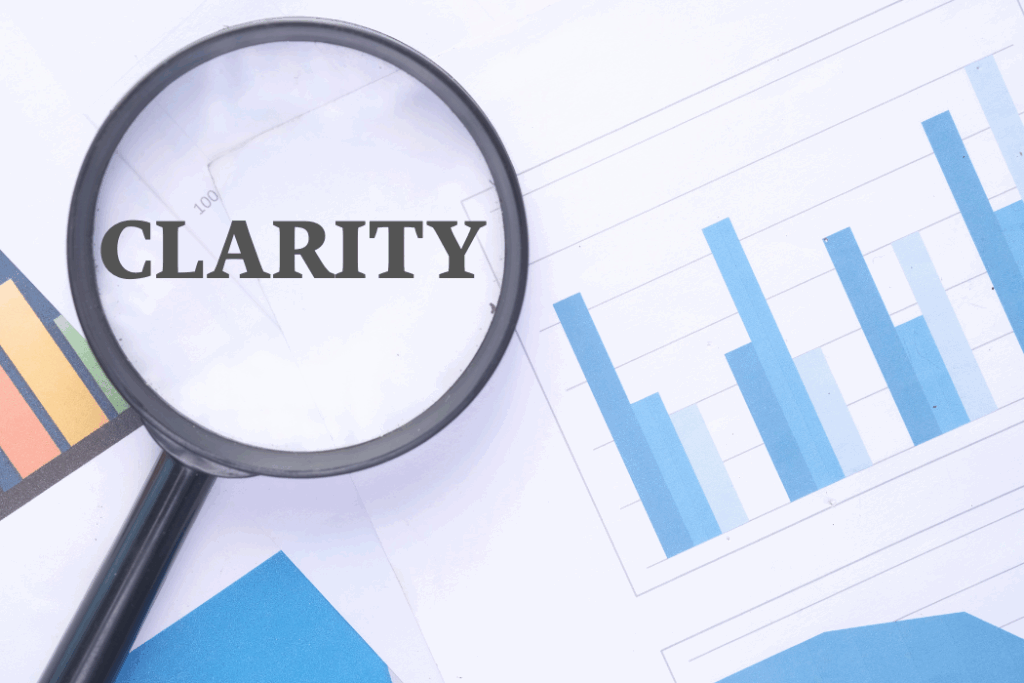
BCH’s AMEN Corner – Affluent Minority Entrepreneur News
Many small business owners and their employees may have accumulated student loan balances while studying in college or post-graduate and pondered the recent changes that are scheduled to be implemented in July 2024. The SAVE (Saving on Valuable Education) plan is an income-driven repayment (IDR) plan that calculates payments based on a borrower’s income and family size – not their loan balance – and forgives remaining balances after a certain number of years. The SAVE plan will cut many borrowers’ monthly payments to zero, save other borrowers around $1,000 per year, prevent balances from growing because of unpaid interest, and get more borrowers closer to forgiveness faster.
This innovative income-driven repayment plan replaces the existing Revised Pay As You Earn (REPAYE) plan and is specifically designed to make higher education paybacks more affordable allowing more of your money to stay in your accounts.
As reported by the Federal Government, the SAVE plan offers several significant benefits:
- Lower Payments: The plan reduces your monthly payments, making it easier to manage your finances post-graduation. Borrowers with undergraduate loans will have their payments reduced from 10 percent to 5 percent of their discretionary income. Those who have undergraduate and graduate loans will pay a weighted average between 5 percent and 10 percent of their income based on the original principal balances of their loans.
Here is an example of a married couple with one child filing separately and one student loan burrower:
Family Size: 3
Salary: $150,000
Undergraduate Loan balances: $30,000
Graduate School Balances: $220,000
401K Match: 5 percent*

The monthly payment under the previous REPAYE plan would be $865. The monthly savings is $204 and $2,448 annually!
*The 401k match lowers your AGI (adjusted gross income) which lowers your payment because it is based on taxable income.
- Interest Subsidy: SAVE provides a 100 percent subsidy for any unpaid interest, ensuring that your loan balance does not grow due to unpaid interest.
For example, if a borrower has $50 in interest that accumulates each month and their payment is $30 per month under the new SAVE plan, the remaining $20 would not be charged as long as they make their $30 monthly payment. The Department of Education estimates that 70 percent of borrowers who were on an IDR plan before the payment pause would stand to benefit from this change.
- Early Forgiveness: If you have a small loan balance, you may qualify for forgiveness sooner than under previous plans. Previous IDR plans require all borrowers, even those who only attended school for a single term, to repay their loans for at least 20 or 25 years before receiving forgiveness of any outstanding balance. Under the SAVE plan, borrowers whose original principal balances were $12,000 or less will receive forgiveness after 120 payments (the equivalent of 10 years in repayment).
- Spouse’s Income Exclusion: If you are married, your spouse’s income will not be included when calculating your monthly payment, potentially reducing your payment amount. You should consult with your tax preparer to make sure that filing separately work specially for you and your family. Considerations such as advantageous tax credits, potentially moving you into higher tax brackets and potential for a “tax bomb” (When forgiven, the remaining balance may be treated as taxable income in the year of forgiveness).
It is important to note that the SAVE plan, like all income-driven repayment plans, is only available for federal student loans. Unfortunately, Parent PLUS loans are not eligible for this program. However, the following types of loans are eligible:
- Direct Subsidized or Unsubsidized Loans
- Graduate or professional PLUS loans
- Direct Consolidation Loans that did not include Parent PLUS loans.
- Consolidated Federal Family Education Loans (FFEL) that did not include Parent PLUS loans.
Each of your situations will be different, so I encourage you to calculate your individual obligations by cataloging your debt for accuracy. Visit https://studentaid.gov for a list of your federal student loans and grants. Do not wait! By taking advantage of this new repayment option, you can manage your student debt more effectively and focus on your business, family, and employees.
To mix it up a little, BCH will publish a bi-monthly article and live, taped video in alternating months. The video will appear on MBE’s website every other month. Please subscribe and check us out on YouTube. The next YouTube topic will address budgeting and planning for your dream vacation. You work hard, now let’s play hard!













